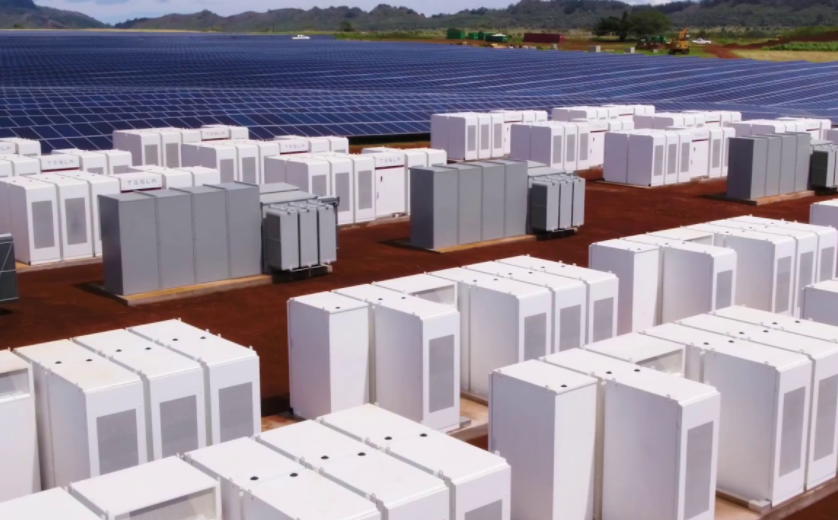Tesla on track to build the world’s largest battery in Australia in record time
Tesla is about to complete the construction of the world’s largest lithium-ion battery in South Australia and fulfil Elon Musk’s assurance to deliver the project within 100 days.

Tesla is about to complete the construction of the world’s largest lithium-ion battery in South Australia and fulfil Elon Musk’s assurance to deliver the project within 100 days.
Jay Weatherill, the Premier of South Australia, reported that Tesla has finished installing the battery powerpacks, and that the 129 megawatthour (MWh) battery project will be energised and tested to ensure that it meets the government’s regulatory requirements and that it serves the Australian energy market properly.
He said: “The world’s largest lithium-ion battery will be an important part of our energy mix and it sends the clearest message that South Australia will be a leader in renewable energy with battery storage”.
“While others are just talking, we are delivering our energy plan, making South Australia more self-sufficient and providing backup power and more affordable energy for South Australians this summer”, he added.
The battery facility is located in Jamestown, connected to the 270MW Hornsdale Wind Farm wind farm aiming to stabilise the grid.
Elon Musk tweeted on Thursday: “Congratulations to the Tesla crew and South Australian authorities who worked so hard to get this manufactured and installed in record time”.
The mega battery project is a key part of South Australia’s $550 million energy plan which in the wake of the recent state-wide blackout is particularly focused on energy security.
Jay Weatherill had then stated that “battery storage is the future of our national energy market and the eyes of the world will be following our leadership in this space”.
It is expected not only to prevent power blackouts, but also improve network reliability, better integration of renewables and help even out energy prices volatility.
When the project was announced, Elon Musk put a self-imposed deadline of 100 days to deliver the project after the signing of the agreement, which took place this September.
Had he failed, the project would be delivered for free, meaning that the company would lose approximately $50 million, according to Musk’s statement.
Tim Flannery from Climate Council, an Australian consultancy, had praised the project by saying that “South Australia is tackling climate change head-on and should be congratulated for its innovation and leadership as it transforms our energy system into one that’s clean, affordable, efficient and secure”.
